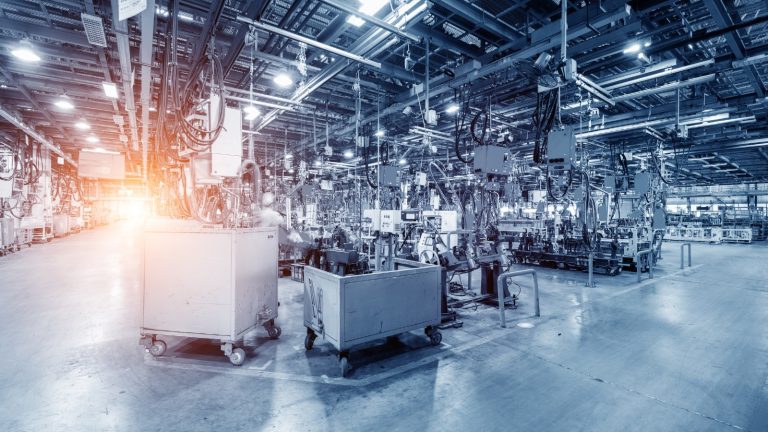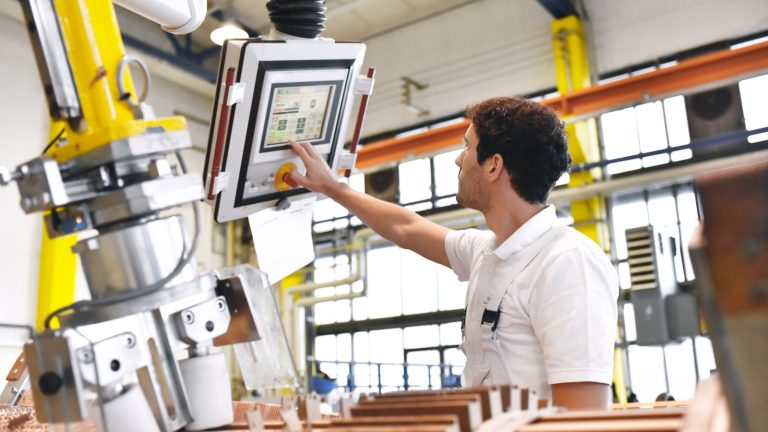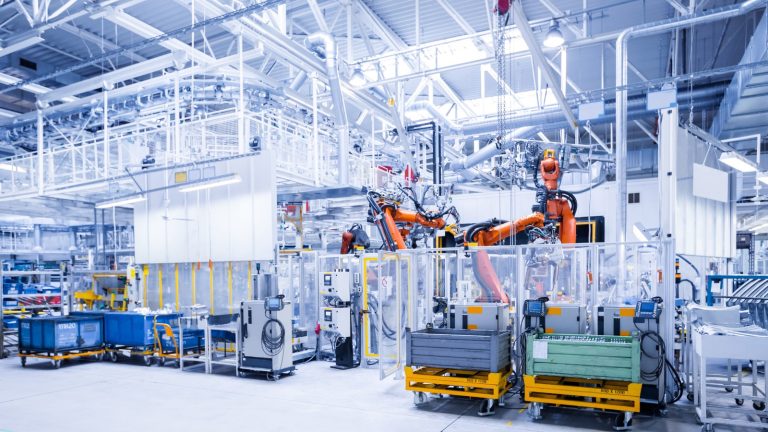In a fast-moving business world, companies try every possible way to expedite their operations and processes in various ways. If they fail to do so, they will have to face consequences such as losing customers, delays in shipping, and so on. Not to mention that this will directly affect the growth of the company. This is why ‘efficiency’ received a lot of weight in the world of business yesterday, today, and tomorrow. This is no exception in the manufacturing domain. Actually, it is a business empire that requires efficiency in every part or aspect. That is why manufacturers in the contemporary business world are trying out fast manufacturing methods through new tools and procedures.
In this article, we explore the concept of fast manufacturing, popularly known as rapid manufacturing, and we will look into the various fast manufacturing methods that are in use nowadays.
We will know
What is Rapid Manufacturing?

- Rapid manufacturing means using quick and flexible methods to make parts for customised items, small batches, or temporary production.
- Unlike old-school methods like injection moulding, rapid methods do not require expensive tools that take forever to make. Instead, they let you make complicated parts faster and cheaper.
- There are different rapid manufacturing methods, like 3D printing, CNC machining, and rapid tooling. It is up to the manufacturing companies to decide what is best for them, considering facts like production timings, supply chain network warehousing capacity, etc.
- Let us explain why rapid manufacturing is said to be a little different from the other methods on the scene. The uniqueness lies in the technologies and tools that are used for production. These methods use digital design and software to speed things up even more. So, rapid manufacturing is all about making stuff fast and easy without wasting time and money or waiting ages for suitable tools.
- In order to manufacture products, rapid manufacturing uses a range of instruments and procedures. These consist of rapid tooling for conventional production techniques, subtractive tools like CNC machining, and additive manufacturing, to be specific.
Exploring the Fastest Manufacturing Methods

As we mentioned in the above section, rapid manufacturing has three main categories. Those are additive manufacturing, CNC tools, and rapid tooling. Under the main category of additive manufacturing, we explore three subcategories: Fused Deposition Modeling, Stereolithography, and Selective Laser Sintering.
Additive Manufacturing
This type of manufacturing is also known as 3D printing, and it is a rapid manufacturing method where objects are built layer by layer from digital designs. It works like building with LEGO bricks, adding one layer at a time until the final product is complete.
This method is fast because it skips the lengthy process of creating moulds or cutting away material.
Additive manufacturing allows for quick prototyping, customisation, and the production of complex shapes that traditional methods struggle with. It is like bringing ideas to life straight from a computer file, making it perfect for creating unique items or testing out new designs without the hassle of traditional manufacturing processes.
Fused Deposition Modelling
Fused Deposition Modeling (FDM) is a part of 3D printing and is also called fused filament fabrication (FFF) in the manufacturing world. This is a method where a printer melts thermoplastic filament and deposits it layer by layer to create parts.
It is usually popular among professionals because it is affordable and easy to use. However, it has lower resolution and accuracy compared to other methods, making it less suitable for complex designs.
Finishing processes, like polishing, can improve quality. Industrial FDM printers can use soluble supports to address some issues and work with a range of thermoplastics, making them handy for simple part manufacturing.
Although the worst part is that these are not ideal for intricate designs.
Stereolithography (SLA)
Stereolithography, or SLA, in rapid manufacturing employs a laser to solidify the liquid resin, which is a process known as photopolymerisation.
This is widely favoured by professionals for its exceptional resolution, precision, material adaptability, etc. SLA yields parts with unparalleled clarity, intricate details, and smooth finishes among plastic 3D printing methods.
Its versatility shines through the availability of resin formulations mimicking various standard, engineering, and industrial thermoplastics in optical, mechanical, and thermal properties. No need to mention that this is ideal for intricate parts that demand tight tolerances and flawless surfaces.
SLA is mostly used for applications across diverse sectors, including dentistry, jewellery, healthcare, model making, and consumer goods, making it a top choice for rapid manufacturing.
Selective Laser Sintering (SLS)
The latter is a popular method for rapid manufacturing. Let us explain why.
It is widely trusted by engineers and manufacturers in various industries due to its high-powered lasers. SLS 3D printers fuse tiny particles of polymer powder to create strong, functional parts.
Unlike other methods, SLS does not need support structures due to the unused powder supporting the part during printing. This makes it perfect for complex designs with tricky features like thin walls or internal details.
Parts made with SLS have great mechanical strength, comparable to injection-moulded parts. Manufacturers use SLS for small-batch production, custom consumer goods, replacement parts, and durable tools like jigs and fixtures.
It is also usually utilised for creating personalised medical devices such as prosthetics and surgical tools, offering a versatile solution for various manufacturing needs.
CNC Tools
Computer Numerical Control is what you know as CNC tools, and this is certainly a main part of rapid manufacturing. These are machines that carve out parts from solid blocks or rods of materials like plastic or metal through cutting, drilling, and grinding.
If we inspect the mechanism, we see CNC includes techniques like machining, where spinning tools shape materials, and laser or water jet cutting, which uses beams or high-pressure water to cut through various materials precisely.
CNC machines can handle complex designs and work with plastics, metals, wood, and more. In the manufacturing world, the requirement for product customisation is progressing day by day. They are great for making customised or small-batch parts and tools across industries.
However, setting up and operating CNC tools can be tricky and expensive, especially for one-off parts, unlike additive manufacturing methods like 3D printing, which are more straightforward and cost-effective for single pieces.
Yet the good thing about this is that CNC tools are valuable for small-scale production. On the other hand, they require careful handling, and they can be costly.
Rapid Tooling
In this category, we see they combine modern and traditional techniques, like injection moulding or casting, to improve production. It boosts flexibility, speed, scalability, and cost-effectiveness, helping manufacturers adapt swiftly to changing demands.
This approach creates custom tools sturdy enough for factory use, tackling tough manufacturing challenges and verifying processes while enhancing flexibility.
Plus, it permits direct printing of tools for tasks like injection moulding or CNC tube bending. On the other hand, by bringing jig and fixture production in-house, companies can save money, increase agility, and improve assembly or quality assurance processes without requiring large orders or extensive programming.
This method allows for a wide selection of materials, low equipment costs, and continuous product improvement.
The latter paves the way for manufacturers to respond promptly to manufacturing line issues and enhance entire efficiency levels.
Cerexio Solutions for a Faster Manufacturing Process

Cerexio offers cutting-edge technological solutions that can be specifically tailored to the industry requirements of the manufacturing industry. Our software solutions are powered by Industry 4.0 digital capabilities and are highly adaptive to any sort of production process. Whether you need faster production or specifically customised manufacturing, Cerexio Solutions is the final destination.
Expedite Business Operations with the Suitable Methods

Since business growth is the ultimate goal for any manufacturing business, it is highly important to select a suitable method. When choosing these methods, you are supposed to check whether they align with your existing machinery, resources, and production capacity.
